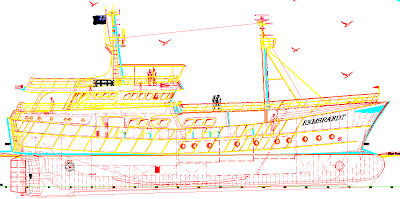There are some very affordable systems out there but since we're too far south, we are outside the footprint of the satellites that cover the US (and where the existence of demand and competition has driven prices down).
We are currently investigating products by SeaTel that are sold by Network Innovations. Interesting new developments are the Broadband Global Area Network (BGAN).
 BGAN delivers broadband mobile office connectivity wherever and whenever it is needed. It supports innovative IP services, as well as traditional circuit-switched voice and ISDN data. BGAN offers two types of IP service:
BGAN delivers broadband mobile office connectivity wherever and whenever it is needed. It supports innovative IP services, as well as traditional circuit-switched voice and ISDN data. BGAN offers two types of IP service:- Standard IP - Typically used for accessing corporate networks via a secure VPN connection at speeds up to 492kbps. Use e-mail and other desktop applications, browse the Internet and send large file attachments as easily as in the office. You can even make a phone call at the same time.
- Streaming IP
BGAN is the world's first mobile communications service to offer guaranteed data rates on demand. This is ideal for applications where quality of service is paramount, such as live video in the media industry or videoconferencing. You can select Streaming IP on a case-by-case basis, with the flexibility to choose the data rate (32kbps to 256kpbs) appropriate to your application requirements. - Phone
BGAN provides high quality voice services, including calls to and from mobile phones. It supports all the usual enhanced features offered by terrestrial fixed-line and mobile networks, such as voice mail, call forwarding, call hold, call barring and call waiting. Calls can be made using a standard desktop phone, peripheral headset or via a Bluetooth earpiece, depending on your choice of BGAN terminal. - Text Messaging
BGAN enables you to send and receive SMS text messages via your laptop- up to the standard 160 characters- to or from any mobile phone.
Which system is best? Depends the usage. BGAN's entry cost are a fraction of a SeaTel system but with each extra MB of traffic costing around USD 6, longterm, and again, depending on who pays the bills, it may be cheaper to have a SeaTel or similar system.











